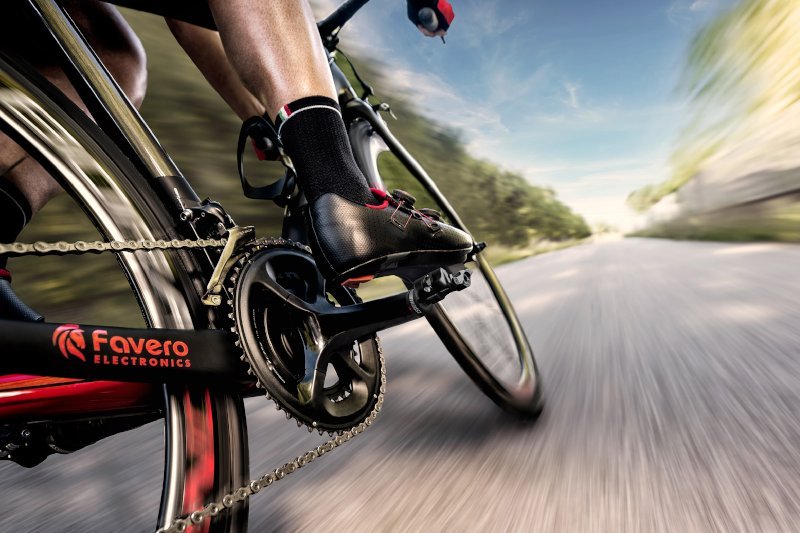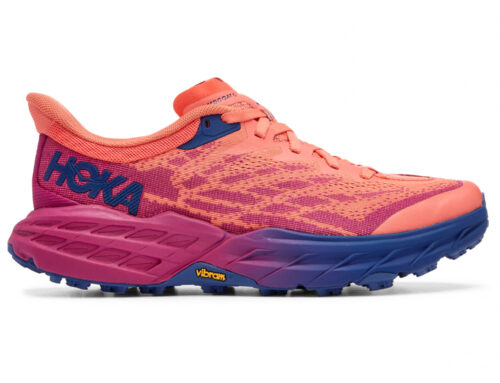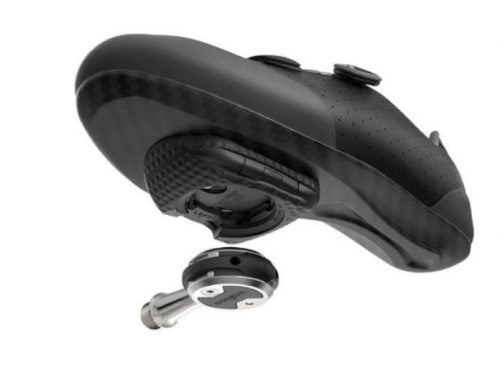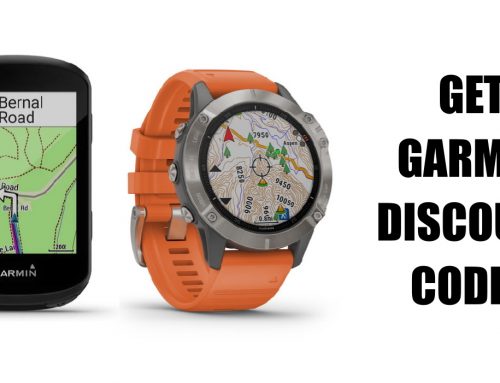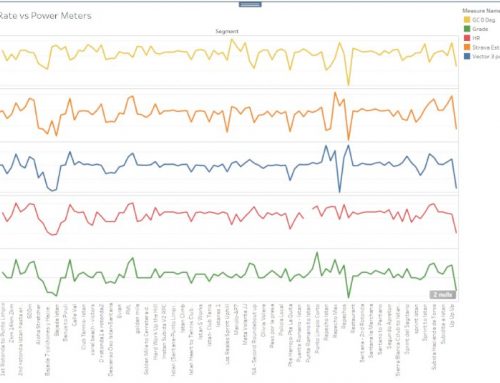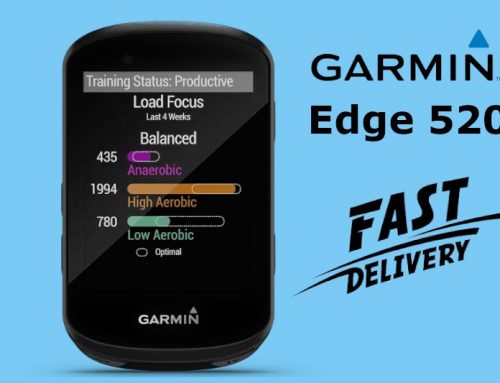Learn about the different ways of measuring your cycling power output. We look at the pros and cons of the different technologies available today.
If you’re serious about training to be a faster cyclist then a powermeter needs to be very near the top of your shopping list. There’s no better way to train and to measure your progress.
You can also use a power meter to find the most effective riding position without a wind tunnel.
The problem is they’re still pretty expensive. My Bike cost me 600 Euro. I’m not going to spend double that on a power meter.
There are five main ways to measure power, starting at the top is the most expensive and most accurate. (as in all things you get what you pay for)
I’m not considering single and dual sided power measurement as I have covered that here.
Directly measure power applied by the rider to the pedal using a strain gauge
This is my choice, as it does not add any additional paraphernalia to the bike and should give the most accurate and consistent results. I have found a supplier of 4iiii Left hand cranks in Holland for Euro 299 which is super cheap.
A Strain gauge is mounted on the pedal, the crank or the crank spider.
This should be the most accurate method; it measures the power with a direct connection between the rider foot and the strain gauge.
This method allows you to measure left side output and double it to get total output using a single crank or pedal or measure both sides using a crank spider or two pedals.
Estimate Rider power output using a strain gauge downstream of the input.
A Strain gauge mounted on the rear wheel Hub
This method means the power losses in the drivetrain must be estimated and added to the measured value to estimate the riders power output
This method only allows you to measure total output so no left/right measurement.
Estimate Rider power output using Newtons third law: For every action, there is an equal and opposite reaction - VeloComp
A device is mounted to the front of the bike to measure wind speed and angle plus 6 other parameters to estimate the power of the forces acting against the bike. The opposite of these forces plus the power losses in the drivetrain is the riders power output.
This method allows you to measure both legs independently.
Estimate Rider power output using a proxy for a strain gauge downstream of the input
(eg tyre flexation) - Aerofly
A pressure sensor is mounted on the valve stem, the power transmitted from the rider through the drivetrain and into the tire causes the tire to flex and the pressure in the tire to change. From this it is possible to estimate the riders power output.
This method only allows you to measure total output so no left/right measurement.
Estimate Rider power output post ride using data collected by Strava/Bike Computers
This should be the least accurate means of measuring rider power output The key criteria used to estimate power are speed, CdA (Frontal area and Slipperyness) rolling resistance, all up weight, gradient and most importantly Wind Speed and wind direction.
Strava discounts wind data in its estimates, Golden Cheetah can include it if you have it available and so should be much more accurate.
This method only allows you to measure total output so no left/right measurement.
You can see how to use Golden Cheetah to estimate Rider power output here.
Here's a few examples to get you started:
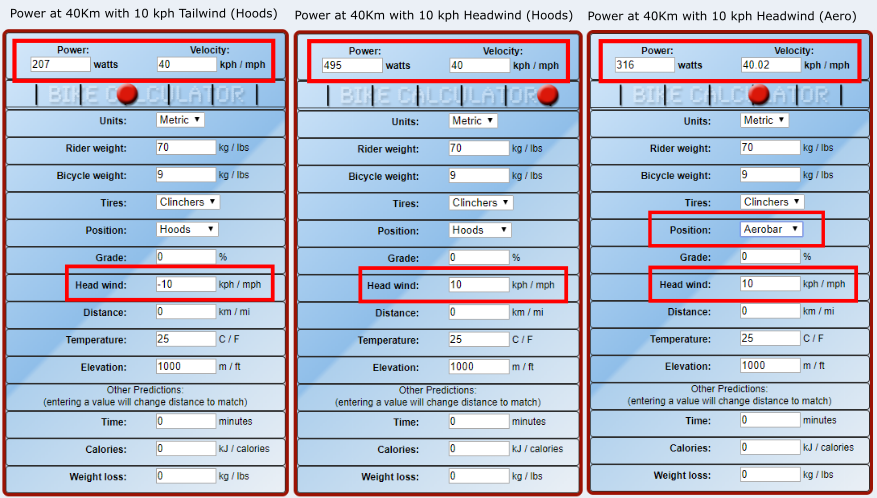
Just take a look at how much more power it takes to ride at 40 kph with a headwind versus a tailwind. Also the power saved riding into a headwind with aerobars.
Conclusion
If you want the most accurate power output measurement. An accurate number that you can compare against your peers and won’t be affected by external influences such as tyre pressure, drivetrain wear, riding position, temperature, humidity etc then Direct measurement is the best choice.
If you want to compare your power only with yourself to track your progress and train using power zones then any of the other solutions will do the job pretty well and for less money.
